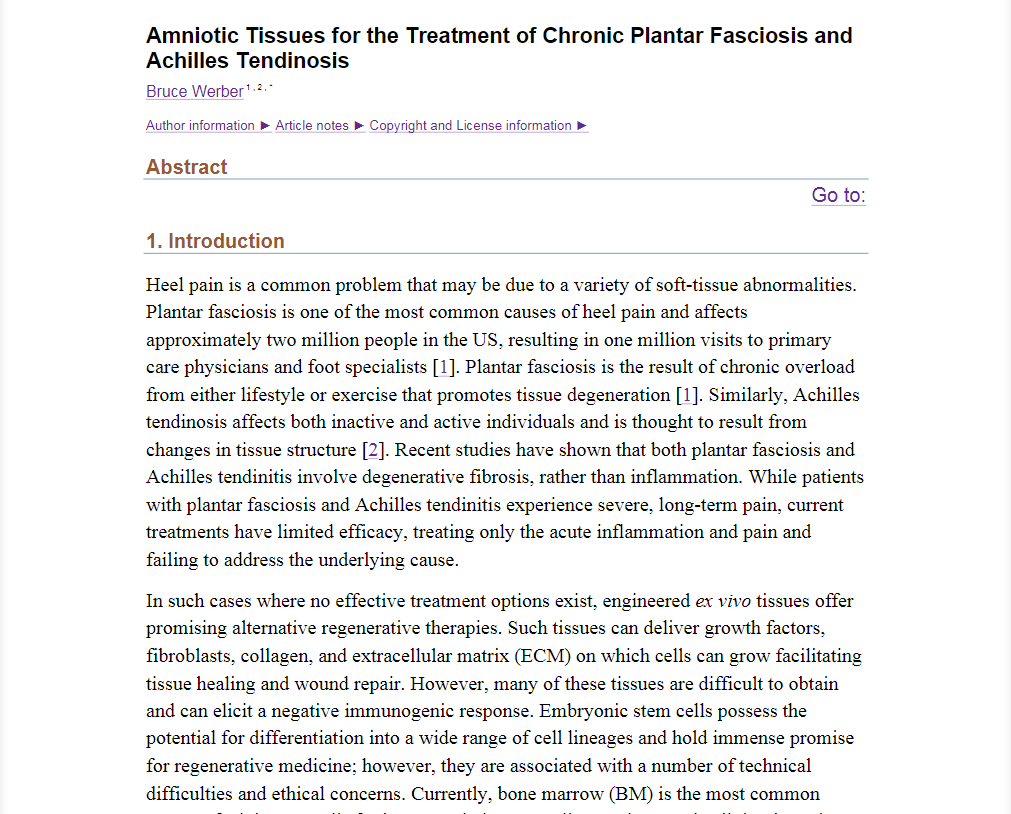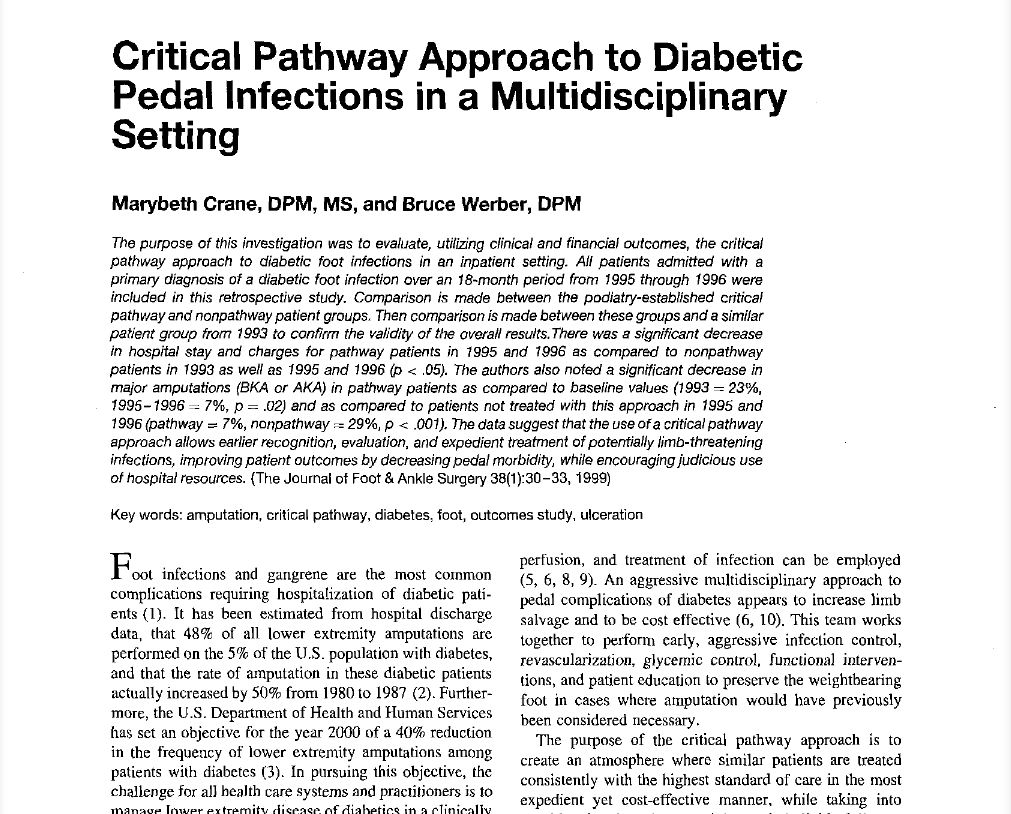At birth, the baby is the headline event while the rest of the materials, which have played a crucial role in the intricate process of building a fully-functioning human from just two cells, are often discarded as medical waste. But what if these so-called “byproducts” held the key to groundbreaking medical treatments? Enter BioXtek™, a trailblazing biotech specializing in regenerative therapeutics derived from human birth tissues.
BioXtek envisions a future where medical therapeutics, carefully created from human placental tissues and their components, are processed into pharmaceutical-grade therapies. These therapies aim to regenerate sick or injured tissues at the cellular level, offering a revolutionary approach to healing that brings regenerative therapeutics into mainstream medicine, and that focuses on eradicating diseases, not just managing symptoms.
The company focuses on studying amniotic fluid and Wharton’s jelly, exploring both cellular and acellular functionalities across a wide range of pathologies. BioXtek’s innovative manufacturing platform aims to deliver consistent, potent and stable exosomes at scale, forming a diversified therapeutic platform that addresses unmet needs in wound care, musculoskeletal issues and human organ pathologies.
Longevity.Technology: BioXtek’s mission is to revolutionize allopathic medical treatments by introducing a new biologic paradigm focused on achieving superior patient outcomes without side effects or adverse events. Derived from qualified placental donors and using advanced cryopreservation and freeze-drying technologies, BioXtek’s products concentrate biologically active components such as exosomes, growth factors, peptides, cytokines, miRNA and mesenchymal stem cells. BioXtek solutions address key aspects of longevity and antiaging by promoting cellular regeneration, reducing inflammation and preventing fibrosis.
We sat down with Dr Bruce Werber, CEO of BioXtek to find out more about the incredible regenerative potential of placental derived tissues and the company’s drive to use this power to turn traditional subscription medicine upside down by resolving diseases rather than endlessly treating them.
BioXtek’s platform is built around the BIOPUR process – Preserving Bioactive Properties in Placental Tissues. Designed to ensure the preservation of the bioactive properties of placental tissues, it particularly focuses on the components like Wharton’s Jelly and amniotic fluid.
Following consent and a rigorous donor screening that scrutinizes medical history and ensures absence of transmissible diseases including COVID-19, the tissues are collected in a sterile environment immediately after delivery; C-section deliveries are preferred to minimize contamination, and cellular components are then removed with structural proteins and extracellular matrices intact and exosomes and other nanoparticles preserved.
“We ensure the structural proteins like collagen and glycosaminoglycans are preserved to maintain the ECM’s integrity, and maintain high levels of growth factors such as EGF, PDGF, and cytokines to enhance the regenerative properties of the tissue. It is also vital to preserve the exosomes and microRNAs that play critical roles in intercellular communication and tissue repair,” explains Werber, adding that the team is careful to maintain low temperatures during collection and initial processing to preserve the integrity of the bioactive molecules.
Werber explains the BIOPUR process incorporates a combination of advanced biotechnological techniques to ensure the highest quality and efficacy of placental tissue-derived products. “By maintaining stringent control over the entire process from donor screening to final product validation, BIOPUR ensures the preservation of essential bioactive properties, making these products highly effective for regenerative therapies.”
Regeneration, of course, is the name of the game, and Werber explains that amniotic fluid and Wharton’s jelly are potent sources of biologics that contain unique regenerative properties which make them incredibly effective in creating an anti-fibrotic and anti-inflammatory environment that is conducive to healing and regeneration.These abilities are obviously of significant therapeutic potential in various medical applications.
“Amniotic fluid and Wharton’s Jelly are abundant in growth factors and cytokines that play crucial roles in promoting cell growth, proliferation, and differentiation,” he says, adding that these molecules help in tissue regeneration and repair by enhancing cellular communication and creating a favorable environment for healing [1].
The retrieved tissues are also packed with growth factors that are essential for cell proliferation and tissue repair, while cytokines, both pro- and anti-inflammatory types, help to balance inflammation and support tissue regeneration [2].
“These biologic materials possess strong anti-inflammatory properties, which are critical for reducing inflammation and promoting a healing environment and the components in amniotic fluid and Wharton’s Jelly help prevent and reduce fibrosis, which is the thickening and scarring of connective tissue,” says Werber, explaining that the materials also help maintain tissue integrity and prevent fibrosis and contain extracellular vesicles and exosomes that play a pivotal role in intercellular communication and tissue regeneration.
Regeneration and wound repair slow with aging, but this can impact on mobility and quality of life. Add in other complications of aging, such as diabetic ulcers, and it is clear why products that aid regeneration will be a game-changer.
BioXtek manufactures a range of membrane patches derived from the human placental sac in a variety of configurations to ensure optimal healing and functional recovery across a range of medical conditions; each configuration has distinct structural and functional properties that influence its effectiveness in different clinical settings.
“The different configurations of placental sac patches – single amnion, dual amnion, tri-layer, and quad-layer – are tailored to meet specific medical needs,” Werber says. “Single-layer patches are ideal for minor wounds, while multi-layer configurations provide enhanced mechanical support and bioactivity for more complex and extensive healing requirements. The choice of configuration depends on the nature of the wound, the required mechanical strength, and the desired duration of bioactive molecule release.”
The list of bioactive molecules that significantly enhance wound healing and tissue regeneration in BioXtek’s range is impressive. As well as growth factors, cytokines, exosomes and more, there are pro-angiogenic factors that promote formation of new blood vessels, something which is critical for ensuring the delivery of nutrients and oxygen to the healing tissue.
“These bioactive molecules work synergistically to enhance cell proliferation, reduce inflammation, promote angiogenesis, and prevent fibrosis, making these products highly effective in regenerative medicine,” explains Werber.
Looking forward, Werber teases several technological advancements in regenerative medicine that are expected to significantly influence BioXtek’s product development, including biomimetic scaffolds (advanced biomaterials that mimic the natural extracellular matrix and enhance the effectiveness of tissue regeneration) and the use of 3D printing technology to create complex tissue structures which will facilitate the development of more effective and personalized treatments.
“Placental derived tissues offer great potential for personalized regenerative therapies, and BioXtek will be leveraging advanced technology to develop products tailored to individual patient needs,” says Werber. “One area of interest is CRISPR and gene editing. Advances in gene editing technologies like CRISPR/Cas9 will allow for precise modifications of cells and tissues, and this can enhance the therapeutic potential of placental-derived products by correcting genetic defects and optimizing regenerative capabilities.”
Delivery and release also play key roles in BioXtek’s platform, and also have development plans on the slate.
“The integration of nanotechnology in regenerative medicine will enable the development of controlled release systems that deliver growth factors, cytokines, and other bioactive molecules in a sustained manner,” says Werber, adding that this will enhance the effectiveness and duration of regenerative therapies.
“Plus, we are looking at advanced hydrogel systems and injectable matrices that will provide a supportive environment for cell growth and tissue regeneration, improving the delivery and retention of therapeutic agents at the site of injury.”
Of course, AI and big data run through all current and future plans; the use of AI to analyze patient data and predict responses to regenerative therapies will enable more personalized and effective treatments.
“AI can help identify the most suitable therapeutic approaches based on individual patient profiles, and we presently use AI to assist in donor tissue medical chart review,” says Werber. “The integration of big data analytics will facilitate the identification of new biomarkers and therapeutic targets, accelerating the development of innovative regenerative products.”
Werber says the next 5-10 years in the space will be game changing, catalyzing significant advancements in regenerative medicine technologies that will impact BioXtek’s product development.
“By leveraging innovations in biomaterials, exosome and microRNA therapies, stem cell and gene editing technologies, controlled release systems, and artificial intelligence, BioXtek can enhance the efficacy, safety, and personalization of its regenerative therapeutics,” he concludes. “These advancements will not only improve patient outcomes but also position BioXtek at the cutting edge of regenerative medicine.”
Find out more about BioXtek’s range of regenerative products and the science behind them HERE.
[1] https://www.ncbi.nlm.nih.gov/pmc/articles/PMC7017504/
[2] https://brieflands.com/articles/hepatmon-123416.html



